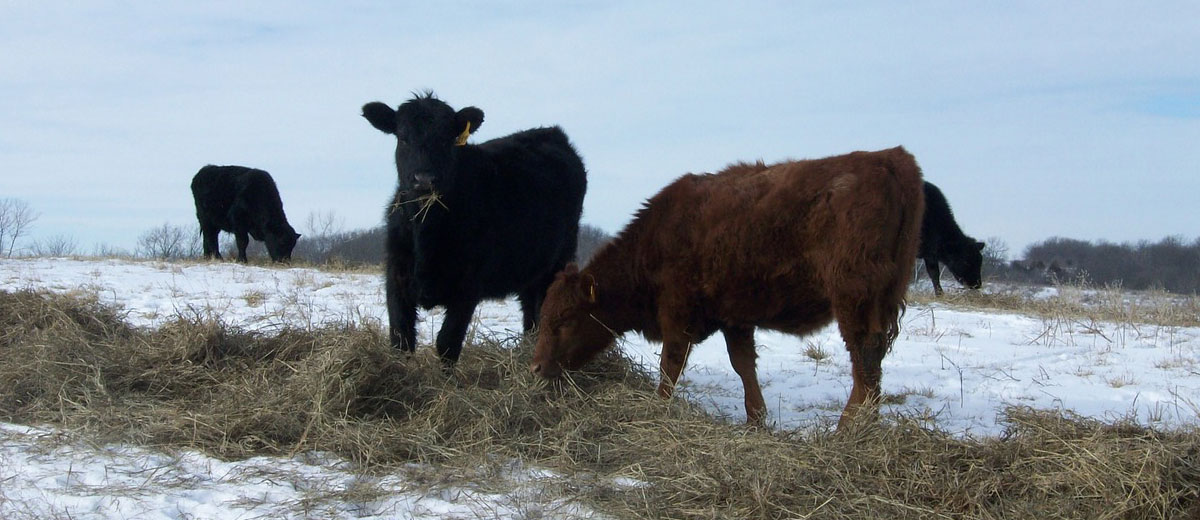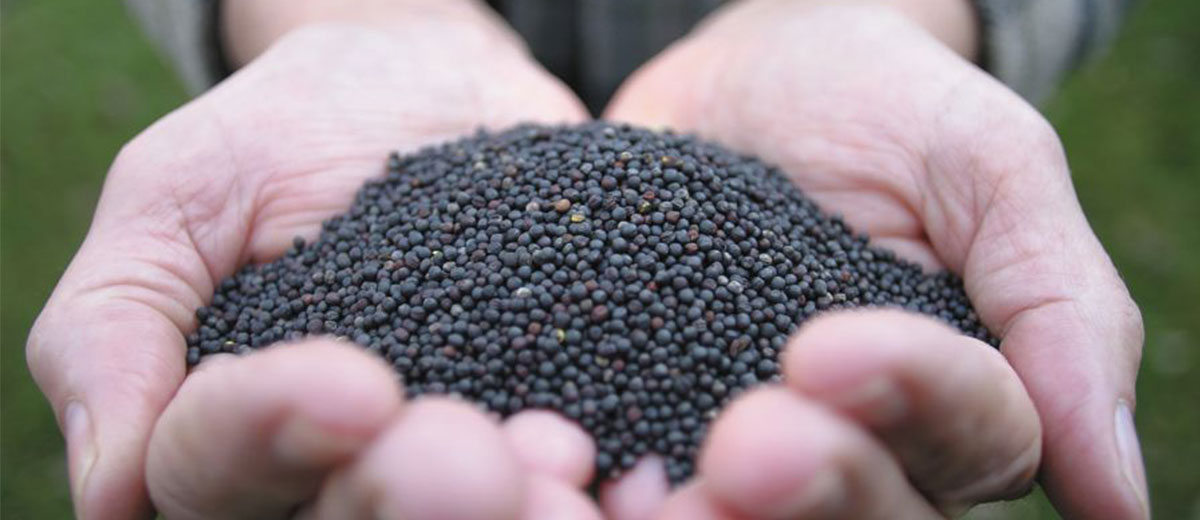
Snow as a Water Source for Livestock?
By Dale Weinbender, BSA, AAg, Livestock and Feed Extension Specialist, Tisdale
Cattle have five required nutrients to remain productive. They are protein, energy, vitamins, minerals and water. Of these nutrients, water is arguably the most important. Daily water requirements are dependent on livestock species, breed, animal status, activity level, stage of production (growth, pregnancy, lactation or maintenance), environment and climate. Beef cattle require 22 to 75 litres of water per day.
Several studies performed by the University of Alberta have shown that energy diverted to thawing snow will not cause herd performance to decline. These studies indicate that heat produced from feeding/grazing along with standard body metabolism is more than adequate to melt the ingested snow and bring it up to body temperature. There are no metabolic differences observed between livestock given snow or water.
Providing snow as a water source can be beneficial to an operation by reducing electricity costs associated with heated water bowls and pumping systems. To see the benefits from using snow as a water source, managing the snow and cow herd is essential. Snow must be fresh, clean and present in adequate amounts. Hard-crusted, wind-blown and trampled snow will make utilization for the cow more difficult as it will not be easily accessible. It takes ten centimetres of snow to produce one centimetre of water, so a backup water source should be in place in case of shortfalls in snow depth or changes in snow condition. The Beef Cattle Code of Practice will help you determine when snow can be used as a water source. Snow must not be used as the sole water source for cattle that:
- are lactating;
- are newly weaned;
- have a body condition score of 2.5 or less out of five; or
- don’t have optimal feed resources.
When providing snow as a water source, it is important to monitor the cattle, specifically their body condition. Mature cows consume 2.5 per cent of their body weight in dry feed daily. A drop in feed intake could mean cattle are not getting an adequate supply of water, which will cause weight loss over time. Once cattle become close to calving, their water requirements increase, so cows close to calving or lactating should have access to clean fresh water. Regardless of water source, cattle should always be provided with rations that promote proper nutrition, and access to adequate shelter to help with maintaining condition and overall health.
With proper management, snow can be used as a water source for some classes of cattle in the winter months. Monitoring snow quality and quantity, along with the feed resources and body condition of the cattle, are key factors when deciding whether to use this practice. For more information on this or other livestock related topics please contact your local livestock and feed extension specialist or call the Agriculture Knowledge Centre at 1-866-457-2377.








































